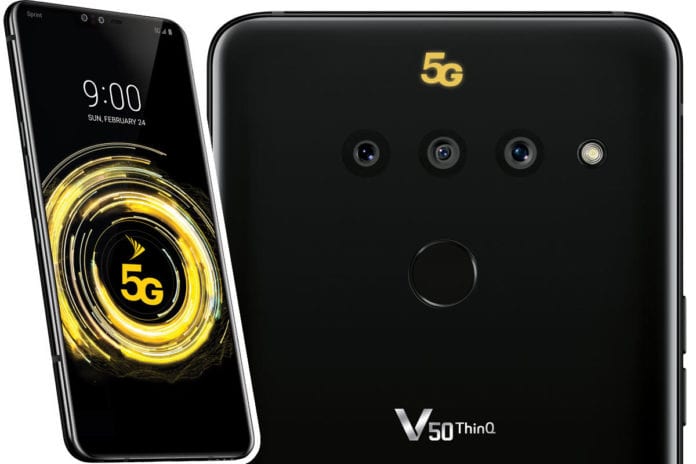As early 5G network launches continue to progress, devices are emerging that can utilize them. The first few have already debuted, but the second half of this year is expected to see far more device launches around the world.
“The 5G device ecosystem rapidly started to emerge as the first (limited) commercial 5G services were announced,” the GSA said in a recent report on the 5G device ecosystem. “As more services go live during 2019, we can expect the device ecosystem to grow quickly.”
As of late April, the GSA had identified announcements of eight 5G form factors, 26 vendors with available or upcoming 5G devices, and 48 announced devices — that’s an increase from 33 announced devices in March. Not all of those devices will be arriving this year, however. Some don’t have a public timeline on when they’ll come to market, and others aren’t expected to be available until 2020. And while the single largest category of announced devices are 5G smartphones (16), not all of the 5G devices in the works are meant for consumer or mobile use. A dozen of the announced devices are customer premise equipment that will enable other devices to utilize 5G; nine are modules, and two are internet of things routers.
Consumer 5G devices, not including customer premise equipment, which are already available or coming later this year include:
– Snap-ons: Motorola’s Moto Mod, which is a snap-on addition to the Moto Z3 and supports 28 GHz millimeter wave, is available for use on Verizon’s 5G network. Another snap-on dongle, Doogee’s 5G Docker for its S90 device, is expected in the third quarter.
-Mobile hotspots (or pucks): the Netgear Nighthawk 5G Mobile Hot Spot through AT&T; HTC’s 5G Mobile Smart Hub for Sprint’s network; and Inseego’s MiFi IQ 5G mobile hot spot through Verizon. Additional debuts expected this year in this device category include China Mobile’s Forerunner One 5G Smart Hub, a hotspot operating in sub-6 GHz frequencies; Huawei’s 5G Mobile Wi-Fi device; and HTC’s 5G hub, with support for U.S., European and Asia-Pacific 5G spectrum bands.
-Smartphones: Samsung’s Galaxy S10 series has already made its entrance and has a number of variants that have launched around the world with support for local 5G spectrum bands. It was the first 5G smartphone to launch in Korea, where subscriber numbers had already reached 260,000 as of earlier this month; the Galaxy Note 10 is also anticipated for release later this year, with 5G support. The LG V50 Thinq smartphone (pictured above) and its dual-screen variant are both expected to launch soon, with the V50 touted as one of the first Sprint 5G devices. The device has a 5G icon on the back that will light up when the user is on a 5G network, so that — as Sprint CTO John Saw put it at a recent conference — users can “show off at a street corner,” and the people around them will be able to see that the device is operating on Sprint 5G. Xiaomi’s Mi Mix 3 5G launched earlier this month in Switzerland, along with Huawei’s Mate 20 X and Oppo’s Reno 5G smartphone; the Mi Mix 3 5G is also set for pre-orders through Vodafone Qatar. Other 5G smartphones expected this year, according to the GSA’s report, include the Lenovo Z6 Pro variant for China; Nubia’s Mini 5G; the OnePlus 7Pro 5G; the Vivo NEX S 5G; and ZTE’s Axon 10 Pro 5G. TCL’s Alcatel7 5G phone could come in late 2019 or early 2020. Some of those devices will only be available in China, or will have wider availability at a later date after first launching in China.
Looking for more insights on 5G devices? Keep an eye out for the upcoming RCR Wireless News special report on Getting 5G Devices to Market, to be published May 22, and register for our webinar the same day.

